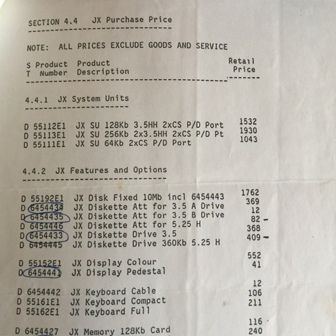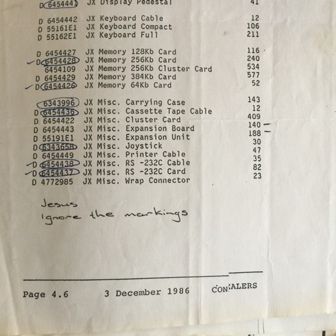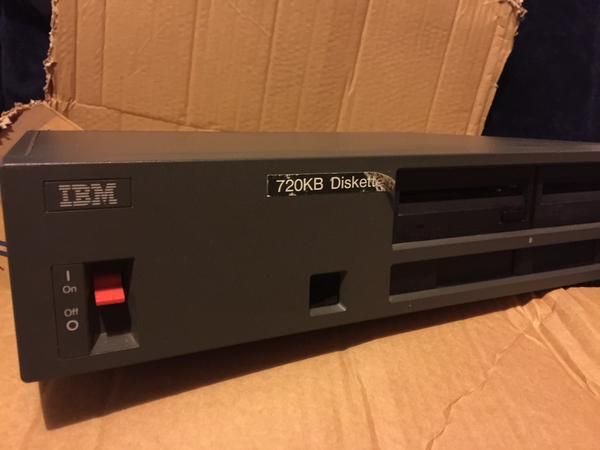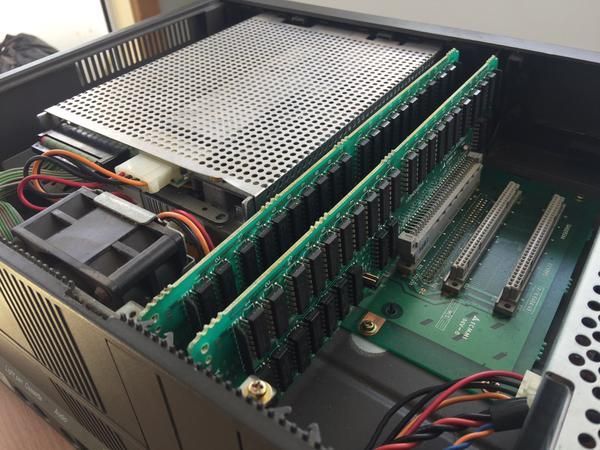I need to do my Apple II thread too yet, which is going great, but being quite an oddball/rare machine I figured I should through some pictures of this guy up.
So, when the IBM PCjr was released in the US it didn't do very well in the home market. IBM Japan grabbed it and turned it in to a small business machine.
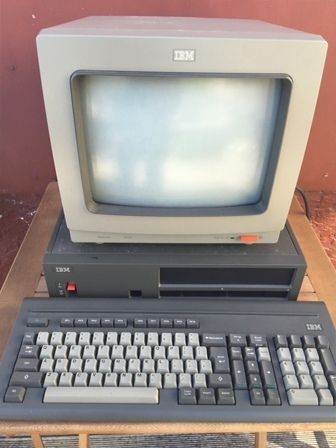
The first thing I noticed with this was the improved keyboard - this is the full keyboard with numeric keypad and the typing feel is fantastic. Like the JR it is also wireless, using 4 x AA batteries but does have a cord option.
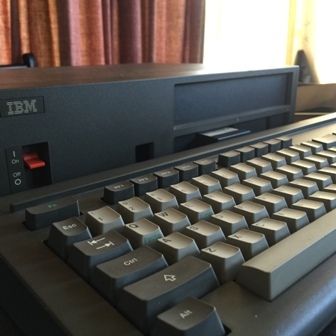
Internal expansion was fairly poor. I guess to discourage people from using it as a business replacement to the IBM PC 5150/5160 desktop units - they removed the JR's sidecar system and only provided minimal internal slots.
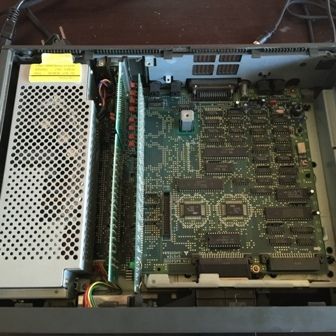
There are three slots. Top left is an RS232 card, and below it is a 64KB RAM card - the slot it's in appears to be only for use with a 64KB RAM card and is marked "EXRAM64". The card on the right is in the EXRAM128 slot - and provides 256KB of memory (these cards were available in 128,256 and 384) and judging by the battery also provides the user with a real time clock. So with the 64KB built in - we've got 384KB of RAM and a serial port - and now the only upgrade options we can add on is a 5.25" floppy drive top-hat or a 10MB ($NZD1700+ btw) hard drive top hat.
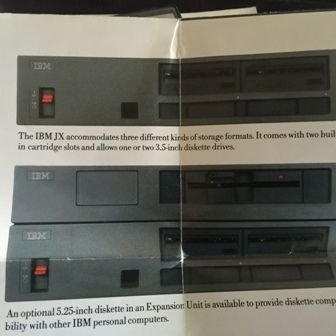
So not much expansion to be had. We did however get to keep the JR's graphics modes (plus a few more) and sound.

In fact that part of the system is so familiar, that "JX ColorPaint" and the built in MS BASIC - still think it's a JR
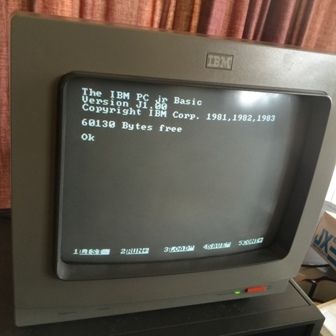
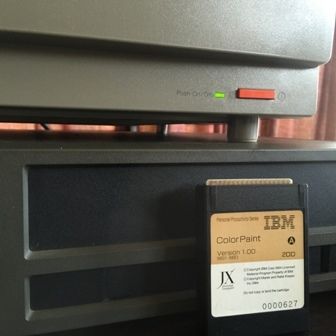
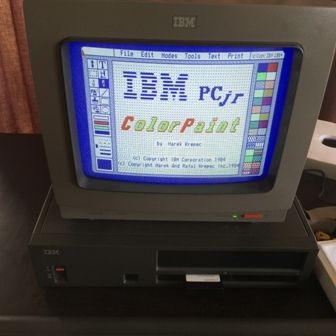
It is also well known the original BIOS only understands 40 track drives, despite the machine coming with 80 track drives. A later BIOS upgrade with DOS 3.2 magically unlocked the 720KB ability.
Now with that in mind, you may be wondering where my disk drives are. Sadly this was the base model - so no floppy drive module - which also means it's missing the internal attachments. The owner did upgrade it to be 384KB - but never seemed to get around to the disk drive upgrade.
The hole where my big floppy control module should sit is quite clear.

This makes me wonder why the owner chose the JX over a Commodore, Apple, or even Amstrad system. It may have a bit more processor power but ultimately it was a BASIC system.
Some more pictures:
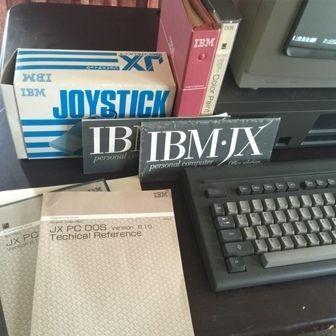
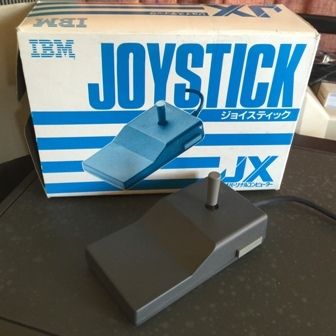
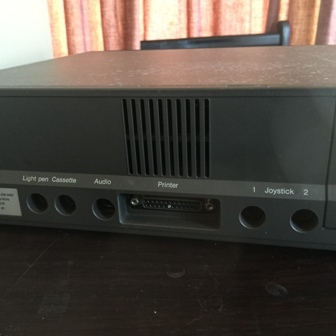
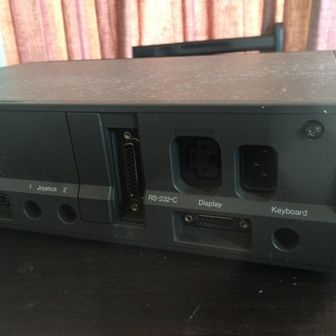
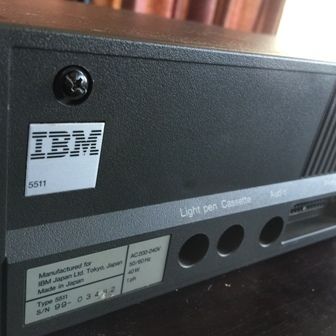
Pricelists
